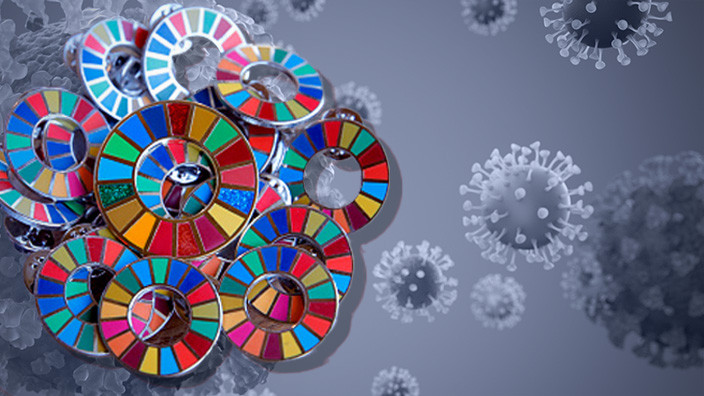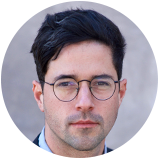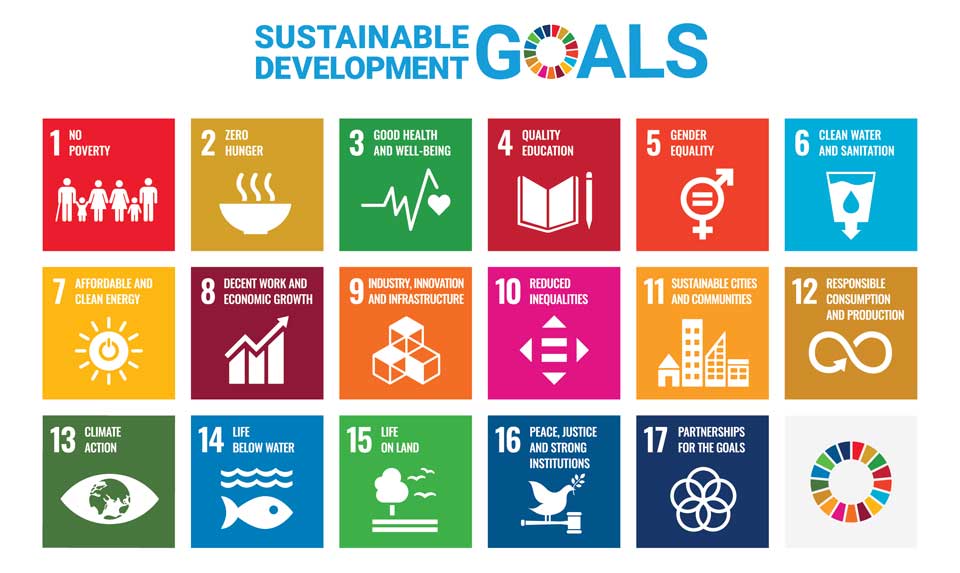
The goals range from the eradication of poverty and hunger to calls for increased social justice and action on climate change. By public policy standards, they’ve had varying degrees of success, with some metrics, such as those on biodiversity and moving people out of slums, even getting worse since they were introduced.
But by communications standards, the goals have been a smash hit, having reached the status of a buzzword in the worlds of diplomacy, nonprofits, think tanks, and even some of the bigger-hearted realms of the private sector.
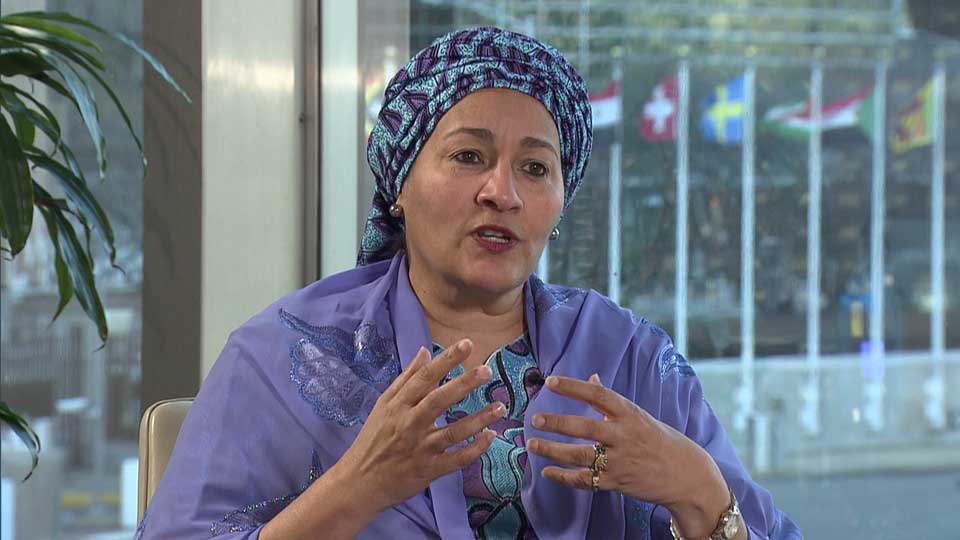
UN Deputy Secretary-General Amina Mohammed, who is the principal architect of the SDGs, has played up their positive messaging to garner support.
"The mission of the UN," she says, "is to look at the realities we have, which are very difficult in many countries, and then to look at the SDGs as a beacon of hope."
While the optimism built into this language has arguably contributed to the partial success of the SDG program, the attitude was delivered a serious blow from the COVID-19 pandemic.
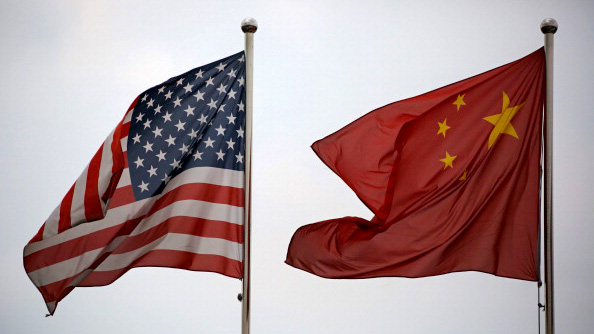
The rift between China and the US that emerged during the pandemic left smaller states worried that — to borrow the analogy of Philippines President Rodrigo Duterte — they’d be trampled like grass beneath two fighting elephants. Calls for solidarity and shared destiny fell on deaf ears as countries scrambled to take care of their own citizens.
But the social realities beneath the political rhetoric are even more troubling: In December, the UN Development Program concluded that COVID-19 would likely push 207 million people into extreme poverty over the next decade, bringing the total to more than 1 billion — more than 10 percent of global population. Last year, the UN was told by one NPO that of 35 trackable targets within the SDGs, only six were on track, while the rest were either progressing too slowly or had reversed course altogether.
Deputy Secretary-General Mohammed, however, has little difficulty maintaining her positive attitude. She emphasizes that the social and material realities that the goals are meant to improve are inextricably linked to the way in which they are communicated to the world.
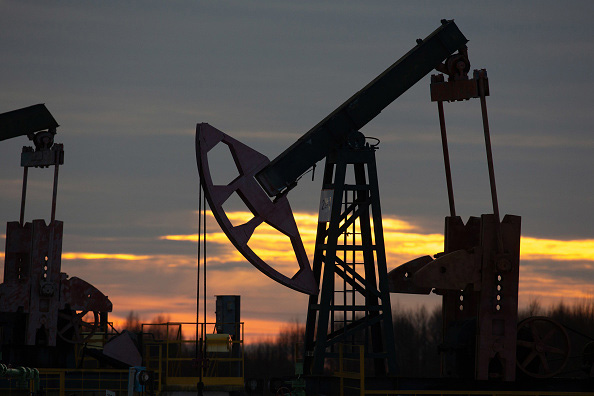
"You have to show a country that to move away from fossil fuels is not to take away, but it is to stop investing in a fuel that does damage in the longer term," she says. "[Better practices] can create jobs, and jobs create trade, and trade brings new revenues, which you can then plow back into the country to do the things you need to do."
The UN is well aware of these developmental interconnections and encourages an integrated approach to addressing the 17 individual SDGs.
"We used to think of progress as if economy, society and environment were separate spheres," said Ola Rosling, president of the Swedish NPO Gapminder, during an event on the SDGs in September. "In reality, they overlap almost completely, and our mindset is changing."
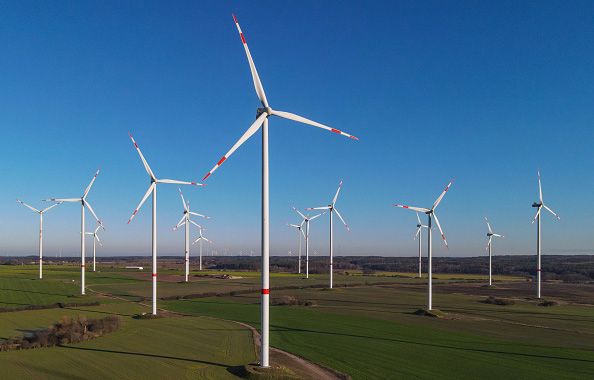
Mohammed believes that the technological transformation to a green economy is a product of this evolving, more integrated mindset. The industrial sectors of many economies produce high-demand goods that support employment and bolster livelihoods while remaining dynamic enough to influence consumption patterns in positive ways. These include well established fields like solar and wind energy, but also more specialized technologies like small-scale vapor condensers that can fortify the water supply of rural villages.
The numerous derivative hardware and software technologies that result from internet connectivity and a strong telecommunications sector also have great potential to serve the SDGs, Mohammed says.
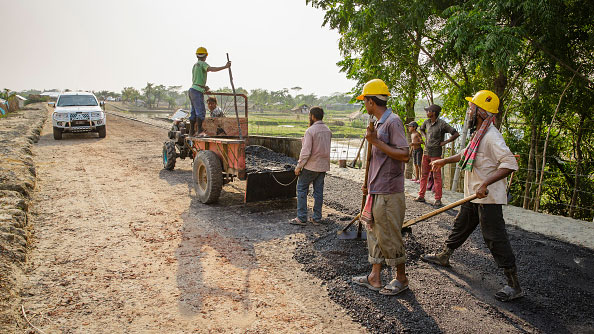
Likewise for infrastructure development, upon which Mohammed places particular importance. Developing water systems, power grids, roadways, rail lines and other major projects can lead to decreased conflict, increased education and better jobs.
But making sure that the social benefits of development and industrialization don’t result in environmental destruction will require new ways of analyzing our consumption and production behaviors. Farming practices and the management of livestock, which contribute significantly to carbon emissions and deforestation, is one area of concern.
Whatever the economic and regulatory methods for achieving human development and wellbeing, the metrics for measuring them have never been so advanced. The challenge now is to figure out how to incorporate the new data and statistical methods into the economic sectors that require improvement. It’s all the more reason, Mohammed says, for countries to align their domestic agendas with the SDGs.
"It’s urgent because there are millions of people who are dying and suffering today, and they don’t need to be. And this is a blueprint for how to do it."
